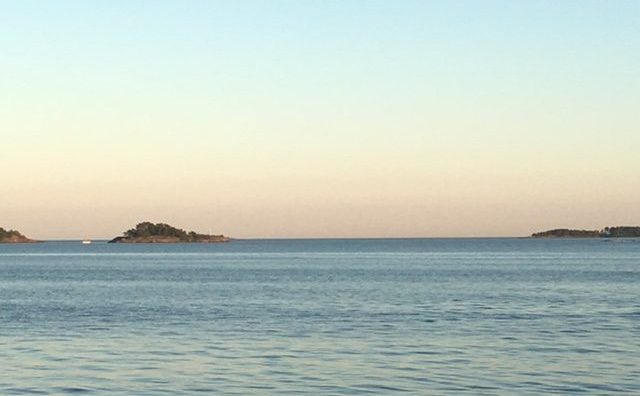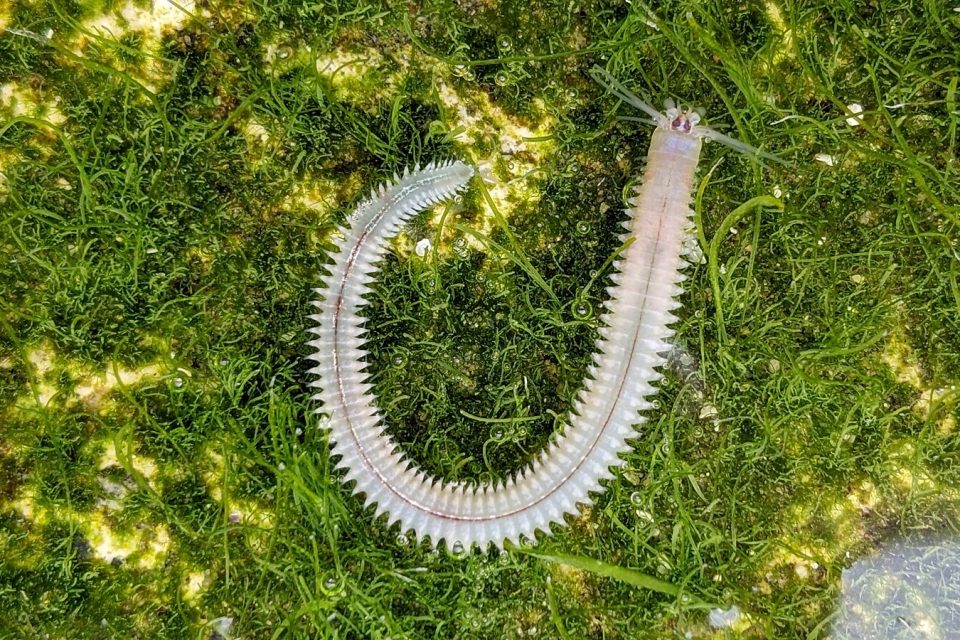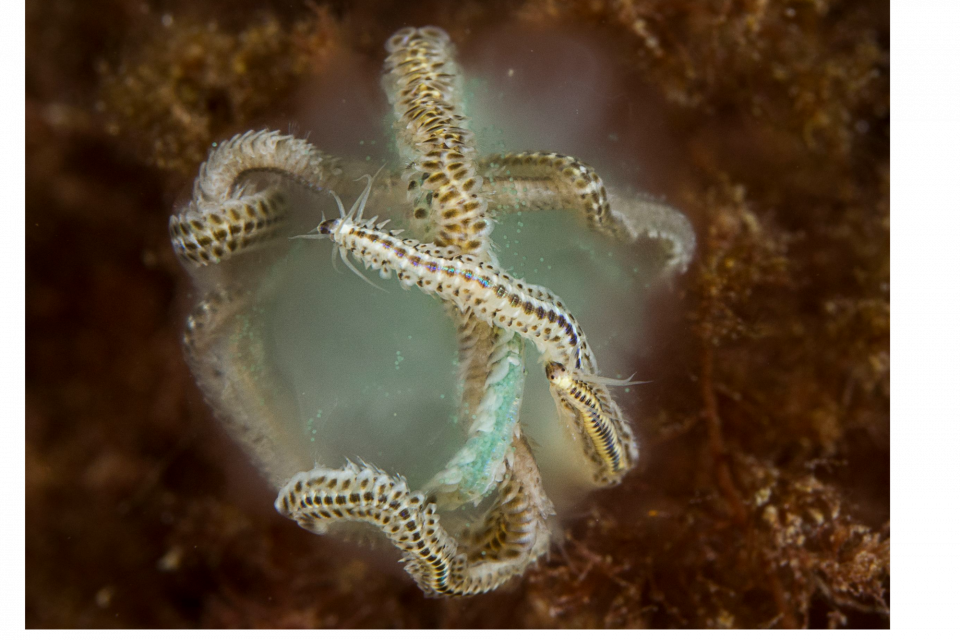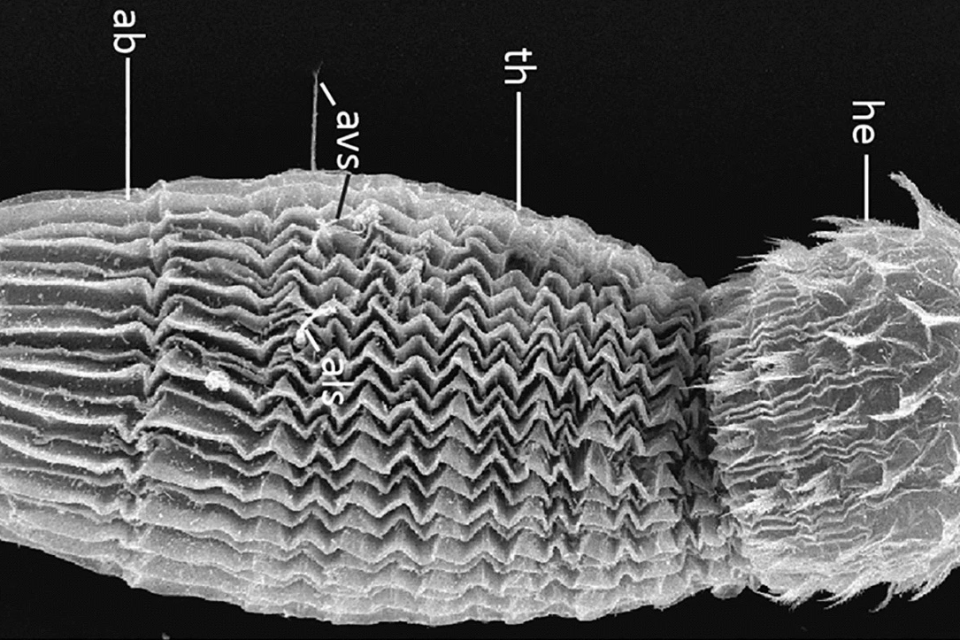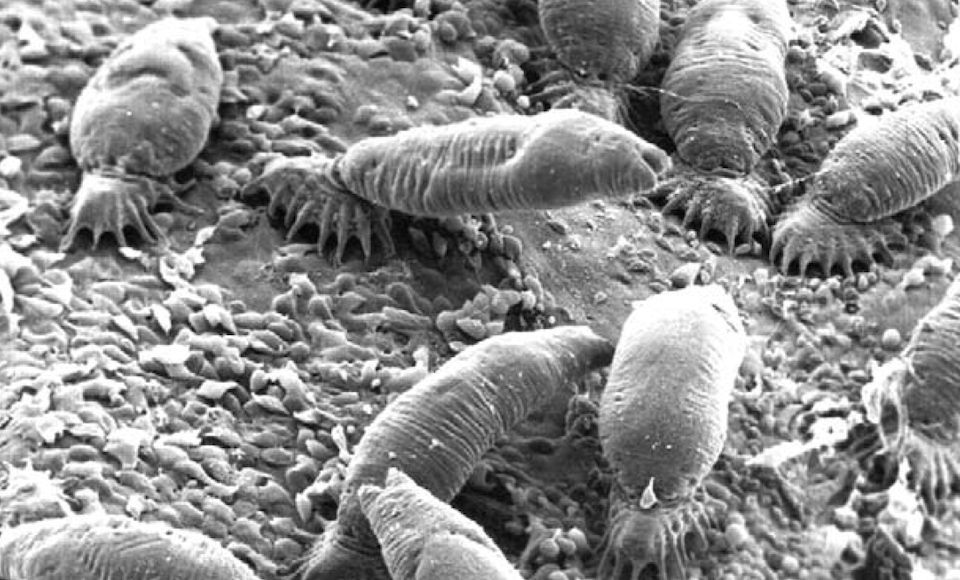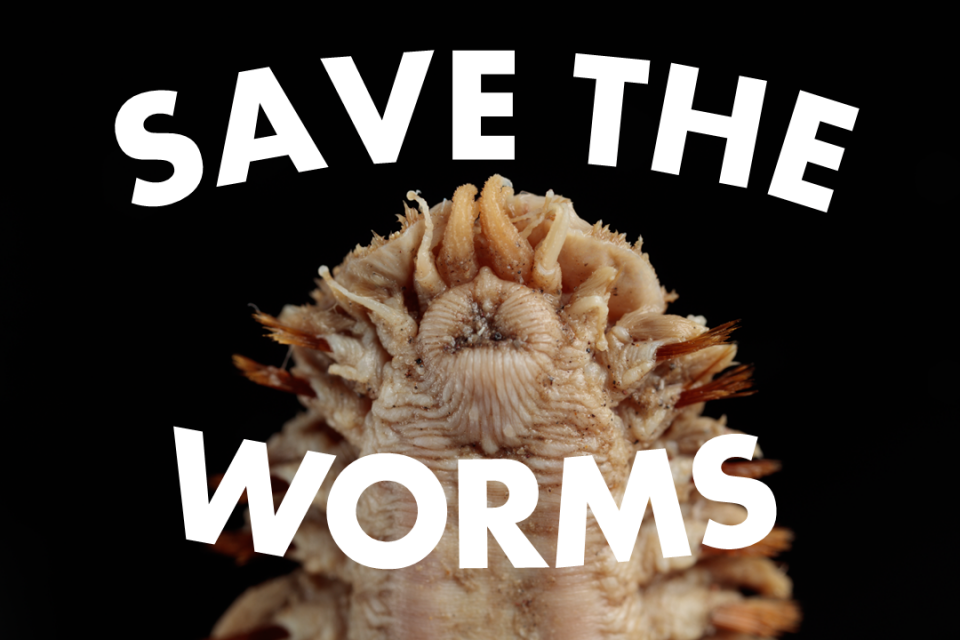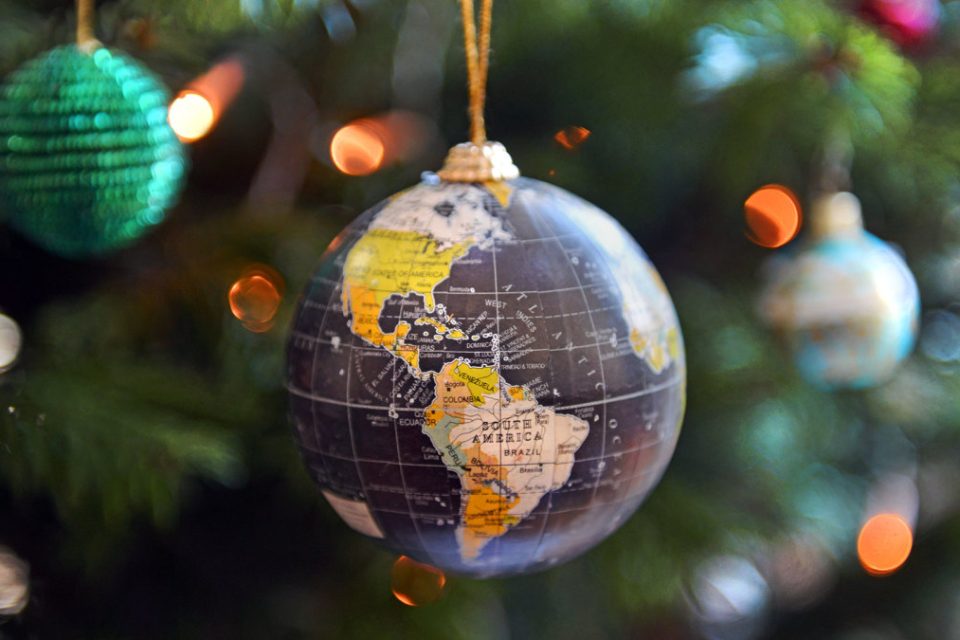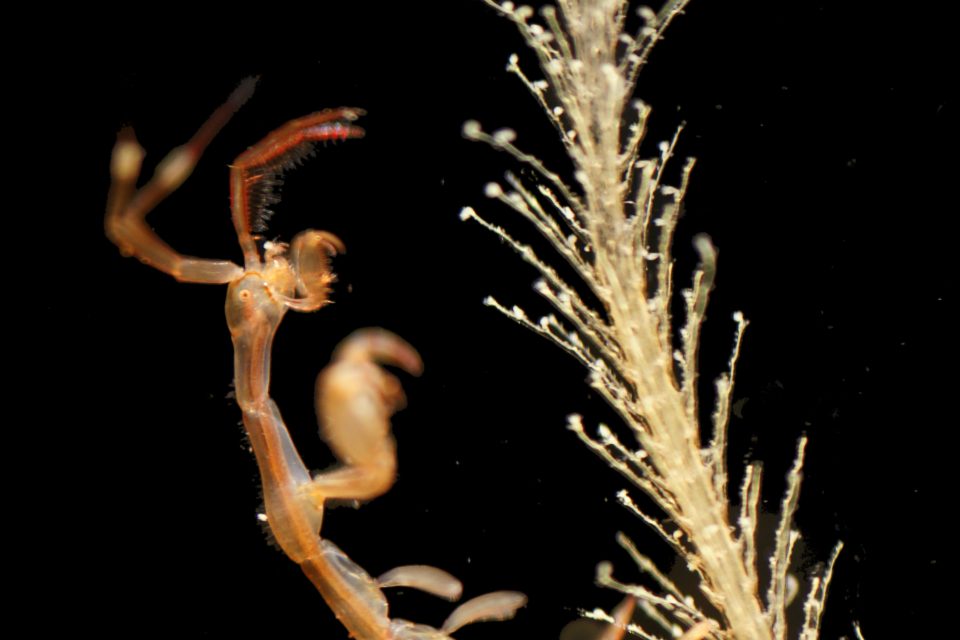
Group of the month: Dinophilidae
The group of the month I would like to introduce to you today is a group I have a close personal connection with. The group goes back a long way with me. I will present you the annelid family Dinophilidae. After my Diploma thesis (today Master thesis) on […]
